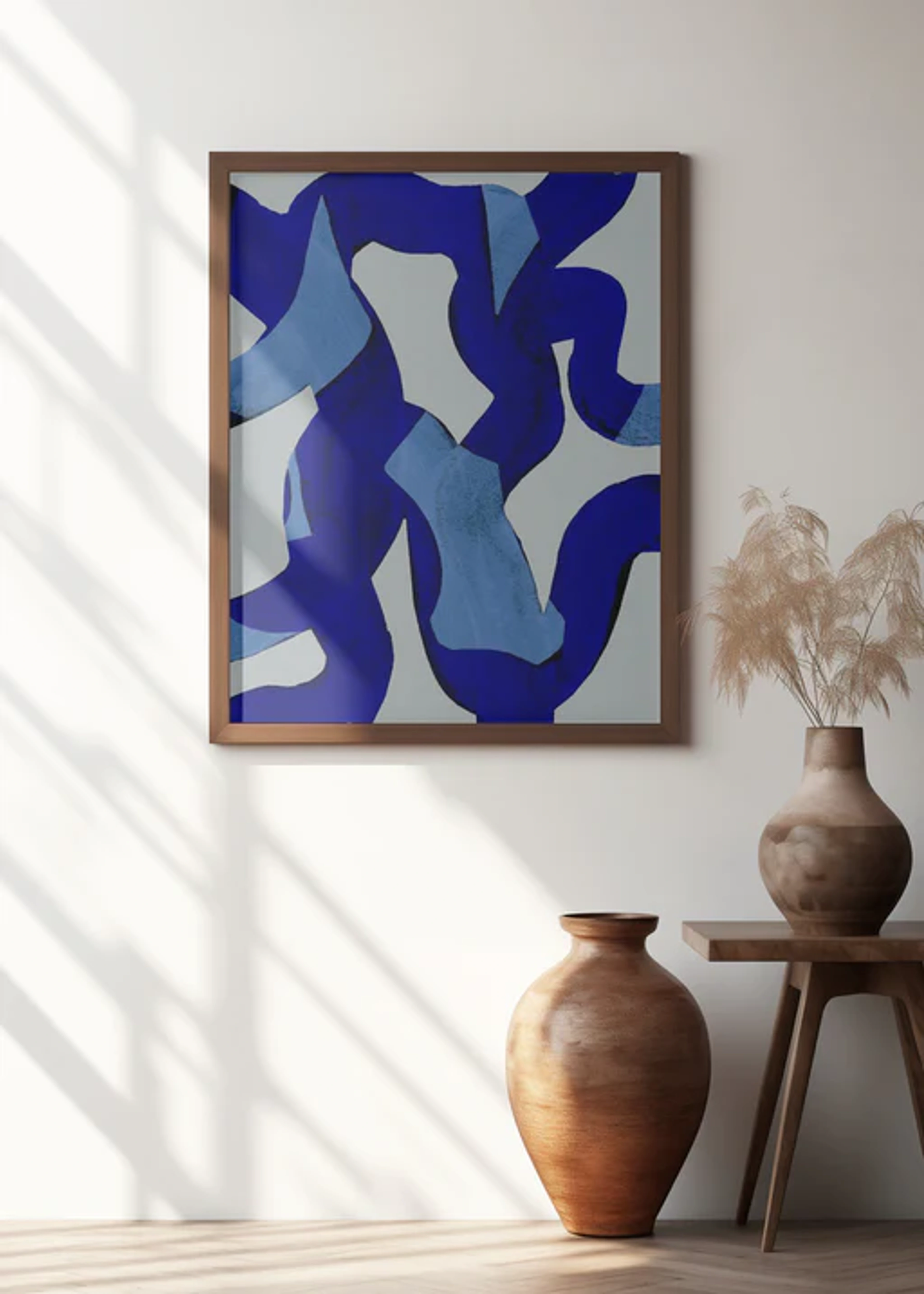
Best Art Galleries & Museums in the Netherlands: An Artist's Expanded Guide
Join me on an expanded personal journey through the best art galleries and museums in the Netherlands, from Amsterdam's giants and hidden gems to vibrant scenes in Rotterdam, The Hague, Haarlem, and beyond, with practical tips for visiting and finding art you love.
Beyond Tulips: My Expanded Personal Guide to the Best Art Galleries and Museums in the Netherlands
Okay, let's be honest. When you think of the Netherlands, maybe your mind immediately goes to windmills, canals, cheese, and, yes, tulips. All wonderful things, absolutely! But as an artist, when I think of this beautiful, flat country, my heart does a little skip-beat thinking about the art. The history here is immense, of course – hello, Dutch Masters! (think Rembrandt, Vermeer, Hals) – but the contemporary scene? It's buzzing, vibrant, and full of surprises. It's a place that feels deeply connected to its artistic past while constantly pushing the boundaries of what art can be, which is incredibly inspiring for someone like me, always exploring new ideas in my own studio. It makes you think about the whole journey of art, from the history of art to the painters of today. This guide is my expanded personal take, covering the big names, the hidden gems, practical tips for visiting, and even finding art for your own space.
What is it about the Dutch light, the flat landscapes, or perhaps the historical connection to trade and exploration that has fostered such a rich artistic environment? For me, it's a combination. The quality of light here, often soft and diffused, is legendary among painters – you see it in the Golden Age masters, and it still influences contemporary artists today. There's also a certain groundedness, a practicality, that seems to permeate the art scene, from the meticulous detail of the past to the often conceptual or socially engaged work of the present. It feels like a place where art is both revered and lived with, integrated into the fabric of life, not just confined to grand halls. This historical connection to trade also meant wealthy merchants commissioned and collected art, fostering a vibrant market that continues today. It's this blend of deep history and restless innovation that I find particularly resonant with my own artistic journey, constantly looking back while trying to push forward on my timeline.
I remember one crisp autumn day, wandering through a small, slightly dusty gallery tucked away in a courtyard in Utrecht. I stumbled upon a series of abstract paintings that just spoke to me in a way I hadn't expected. It wasn't a famous name, not a big institution, just a quiet space and art that resonated. That moment, more than any visit to a grand museum, solidified for me that the Netherlands' art scene is about discovery, not just ticking off famous names. It's about those little portals, those unexpected encounters that remind you why art is important. Sometimes, the most profound artistic experiences come from the least expected corners. Can you imagine finding a piece that feels like it was made just for you, hidden away on a quiet street?
Another time, I found myself completely lost in the maze-like corridors of a large museum – I won't name names! – and ended up in a room filled with intricate, centuries-old dollhouses. It wasn't what I came to see, but the sheer craftsmanship and historical detail were unexpectedly captivating. It reminded me that art is everywhere, often in the most surprising forms and places, if you just allow yourself to wander and be open to it. It made me think about the incredible types of artwork that exist beyond painting and sculpture.
And then there was the time I ducked into a tiny, almost hidden printmaking studio in a side street in Leiden. The smell of ink and paper was intoxicating, and watching the artist pull a fresh print from the press felt like witnessing a small act of magic. It was a reminder that art isn't just the finished product hanging on a wall; it's the process, the materials, the dedication. These quiet, personal encounters are just as vital to the Dutch art landscape as the grand institutions. It's like finding art in unexpected places.
I've spent a fair bit of time wandering the streets, getting lost (sometimes intentionally, sometimes because my navigation skills are questionable after a good coffee, okay, maybe always questionable), and inevitably finding myself drawn into galleries. There's something magical about stepping off a busy street into a quiet space filled with creativity. It's like a little portal.
So, if you're planning a trip, or even if you live here and just haven't gotten around to exploring yet (no judgment, life happens!), let me share my expanded personal take on some of the best art galleries and museums in the Netherlands. This isn't an exhaustive list – that would be impossible and frankly, a bit overwhelming – but it's a starting point, a guide from one art lover (or potential art lover) to another. We'll cover both the big, must-see museums and the smaller, more intimate galleries where real discovery happens. And don't worry, we'll also touch on how to get around and find art that might just end up on your own wall.
Amsterdam: The Big Players and the Intimate Spaces
Ah, Amsterdam. The obvious starting point, right? And for good reason. It's packed with incredible institutions. You could spend weeks here and still not see everything. But let's hit some highlights.
The Giants You Can't Miss
First up, the heavy hitters. You know their names, but experiencing them in person is something else entirely.
Rijksmuseum
If you want to dive deep into Dutch art history, the Rijksmuseum is non-negotiable. Seeing Rembrandt's The Night Watch in person? Goosebumps. But don't stop there. Seek out the quiet corners with lesser-known Golden Age portraits or the incredible collection of Delftware. It's not just paintings; it's history, applied arts, sculpture... it's a whole world. It can be crowded, yes, but find a quiet corner, maybe with some lesser-known Golden Age portraits, and just soak it in. It reminds you how deep the roots of art run here. If you're curious about the history of art in general, this place is a living textbook. Don't miss the stunning library inside, even if you just peek in. I remember being particularly struck by the light in the Golden Age galleries – it feels like it hasn't changed in centuries, perfectly illuminating the details in those incredible portraits. It makes you appreciate the mastery of how artists use light and shadow dramatically. Also, the museum shop here is fantastic for high-quality prints, art books, and unique gifts inspired by the collection – perfect for taking a piece of Dutch art home. Look out for Vermeer's The Milkmaid or Jan Steen's lively genre scenes to get a broader sense of the Golden Age.

Van Gogh Museum
Okay, another obvious one, but equally essential. The Van Gogh Museum is a deep dive into the life and work of one of the world's most beloved (and, tragically, during his life, underappreciated) artists. Seeing his brushstrokes up close, feeling the texture of the paint... it's a powerful experience. It makes you think about the artist's journey, the struggles, the passion. Standing before Sunflowers or Almond Blossoms, I often reflect on the sheer intensity of his vision, something I reflect on often in my own timeline as an artist. Tip: Book your tickets online well in advance! Note that the Museumkaart is typically not valid here, so check their specific website for ticket options. This is because some museums, like the Van Gogh Museum, are privately funded or have different operational structures than those fully covered by the national Museumkaart scheme. Always double-check before you go! The way the museum is structured, following his life chronologically, really helps you understand the evolution of his style and the emotional depth of his work. It's a masterclass in expressionism. Their museum cafe is a pleasant spot for a coffee break, offering a moment to digest the emotional intensity of Van Gogh's work.
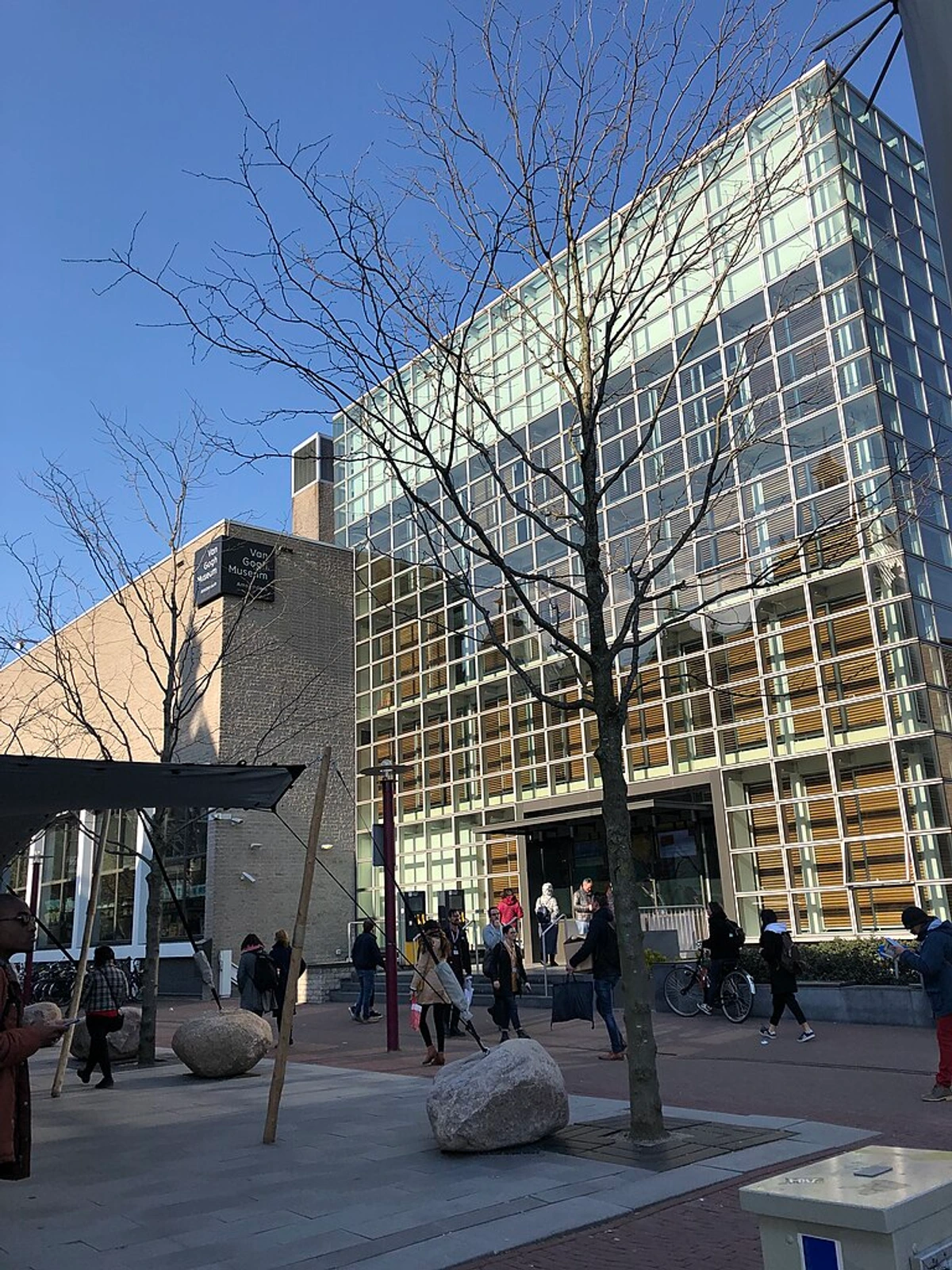
Stedelijk Museum Amsterdam
Now, for something completely different. The Stedelijk Museum is where you go for modern and contemporary art. Think Mondrian (another Dutch icon!), Malevich, Warhol, and ever-changing exhibitions that challenge and provoke. It's housed in a fascinating building – the old part is grand, and the new 'bathtub' extension is... well, it's a statement! I love the energy here; it feels like art is still being made, still evolving. Exploring the diverse types of artwork and modern art types here always sparks new ideas for my own practice. Don't miss the design collection either! They often have fantastic temporary shows, so check their schedule online. Sometimes, these temporary exhibitions are the real highlight, offering a fresh perspective or showcasing artists you might not encounter otherwise. I always leave the Stedelijk feeling a bit buzzed, my head full of new shapes and colors, thinking about what is modern art and why people like modern art. I once saw an exhibition on kinetic art there that completely blew my mind, making me think about how art can literally move and interact with space in unexpected ways, a concept I'd previously only considered abstractly in my studio. It was a reminder that art isn't static; it's a living, breathing thing. It made me want to explore introduction to kinetic art. Look out for key pieces by De Stijl artists like Mondrian and Rietveld to see the roots of Dutch modernism.
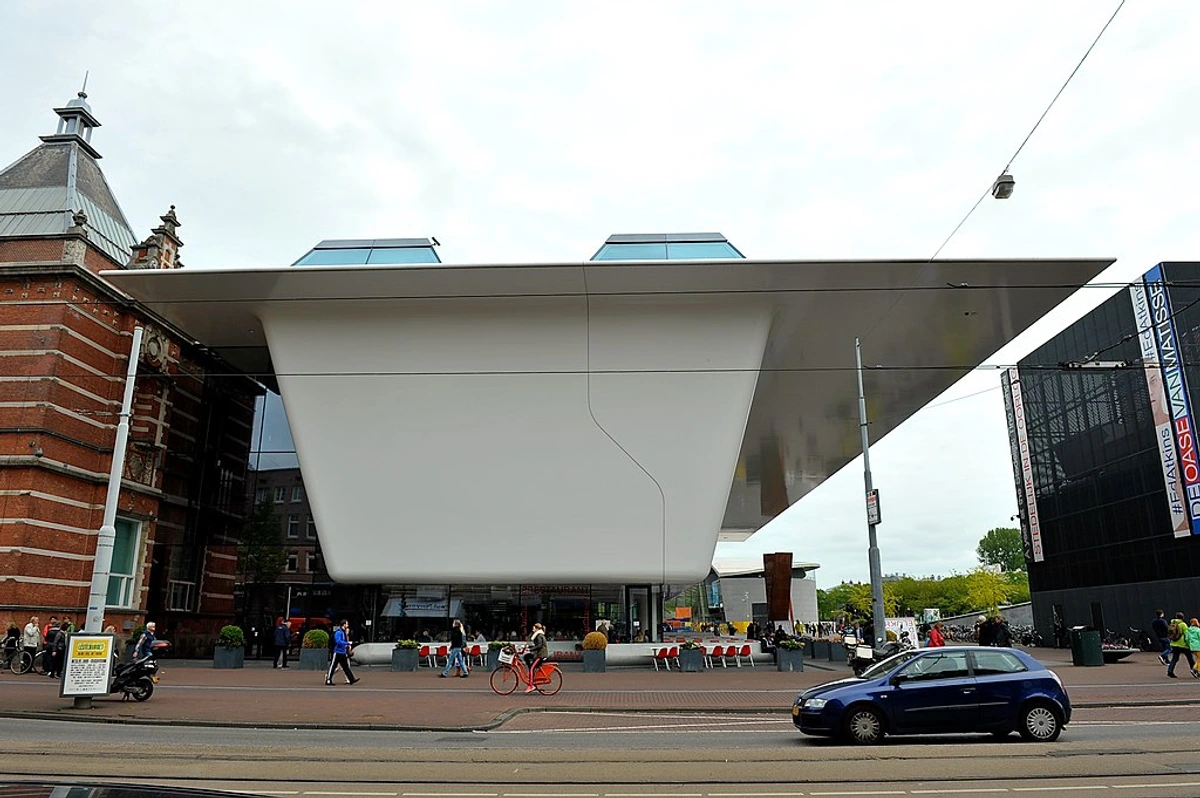
Foam (Photography Museum Amsterdam)
If photography is your thing (and even if it's not, give it a try!), Foam is fantastic. They have diverse exhibitions, from big names to emerging talent. It's a reminder that art isn't just paint on canvas; it's light, composition, storytelling. It's a different way of seeing the world, which, as an artist, I find endlessly inspiring. It makes you think about visual storytelling techniques in narrative art in a whole new light. Foam often hosts talks and events too, adding another layer to the experience. I particularly appreciate how Foam can make you see everyday subjects in a completely new way through the photographer's lens. It's a great example of a dedicated photographers gallery.
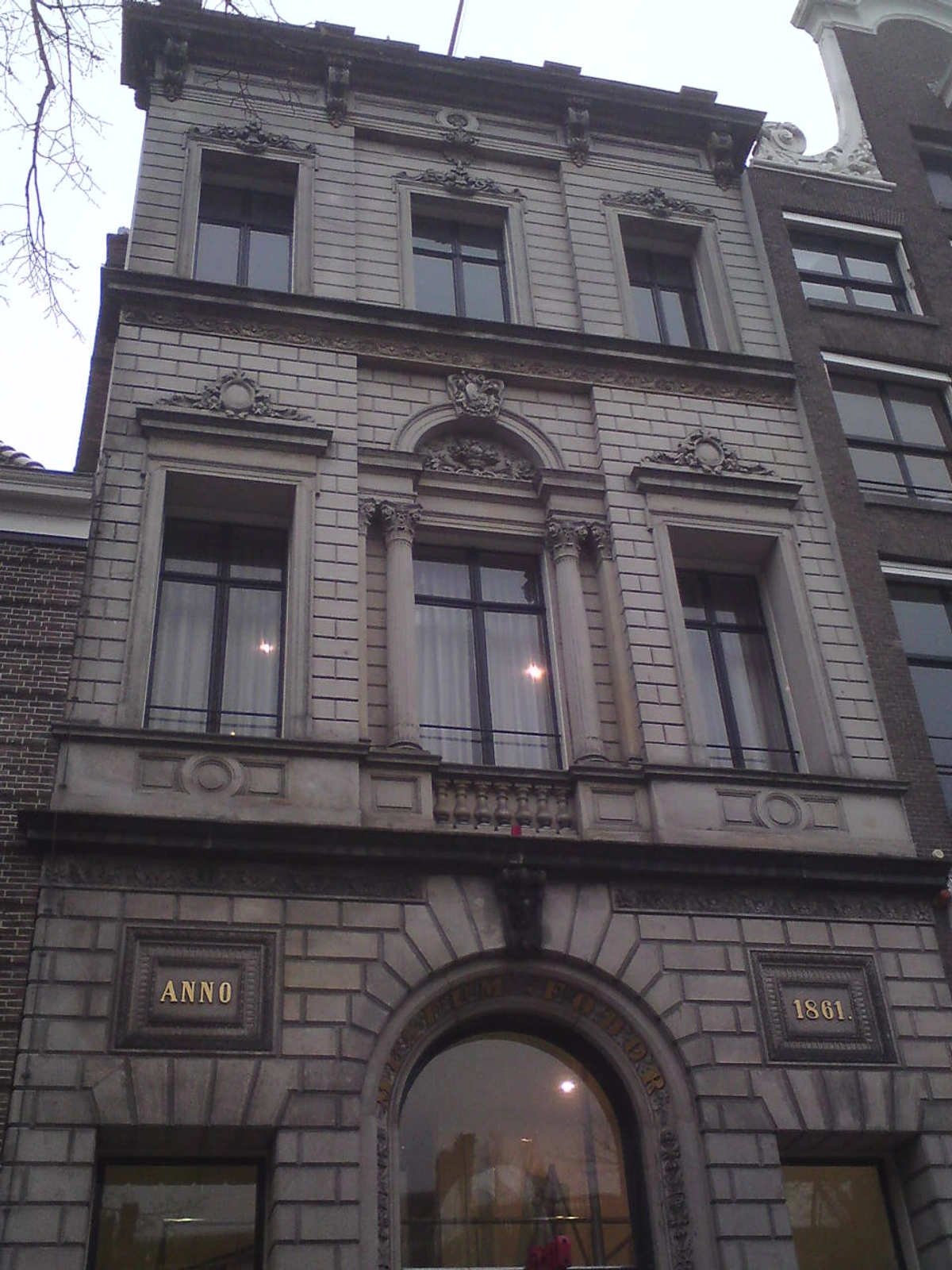
Amsterdam's Smaller Galleries & Hidden Gems: The Treasure Hunt
Beyond the big museums, Amsterdam is dotted with smaller galleries. This is where the real treasure hunt begins after you've seen the foundational collections. Wander the Jordaan, the Spiegelkwartier, or areas like the NDSM wharf. The Spiegelkwartier, near the Rijksmuseum, is famous for antiques but also has some lovely smaller galleries specializing in Dutch Golden Age paintings and prints – a fascinating contrast to the modern art nearby. The Jordaan offers a mix, often featuring contemporary art and photography in charming canal-side buildings; keep an eye out for spaces showcasing vibrant street art-inspired canvases or intricate etchings. For something edgier and more industrial, head to the NDSM wharf across the IJ river – it's home to artist studios and galleries in former shipyards, offering a raw, dynamic space for contemporary work, including sculpture and installation art. Other neighborhoods like Oud-Zuid and parts of the city center also have clusters of galleries focusing on contemporary painting, sculpture, and photography. You'll find galleries specializing in contemporary art, prints, sculpture, and more. This is often where you'll find emerging artists and maybe even stumble upon your first piece to buy art for your own collection. It's less intimidating than the big institutions, and you might even get to chat with the gallerist (that's the person who runs the gallery and represents the artists) or artist. It's a great way to support local artists and discover unique pieces, perhaps even art for sale that speaks directly to you. Look out for galleries focusing on specific mediums like ceramics, printmaking, or even textile art – the Dutch scene is wonderfully diverse. Finding these smaller spots often involves simply walking and keeping your eyes open, or using online resources that list galleries by neighborhood. Sometimes, the best finds are just a door away. I once found a tiny gallery in the Jordaan showcasing incredible abstract ceramics – completely unexpected and utterly beautiful. It reminded me that what is an art gallery is often about personal connection and discovery.
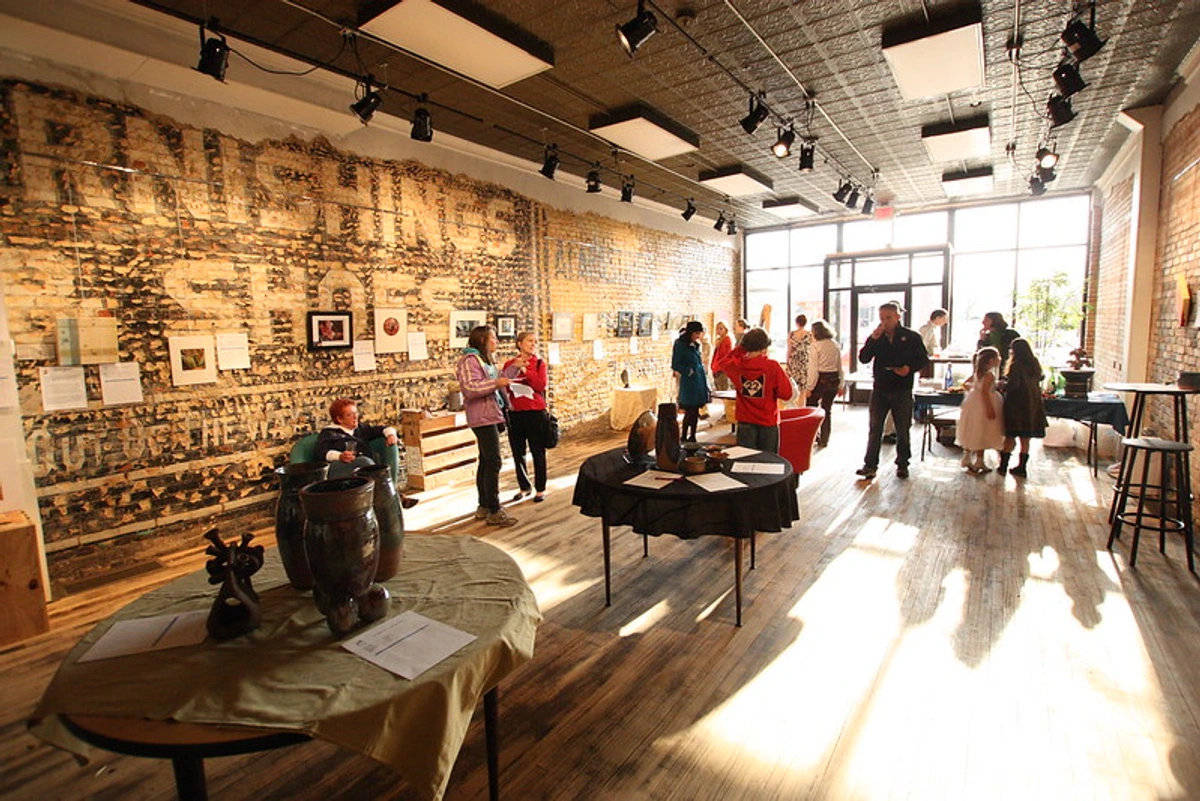
Amsterdam's smaller galleries offer a chance to slow down, connect with art on a more personal level, and maybe even find that perfect piece you didn't know you were looking for. Don't be afraid to peek into open doors – you never know what you'll find.
Beyond Amsterdam: Exploring Art in Other Dutch Cities
But as much as I love Amsterdam's buzz, some of my most cherished art moments have been found by hopping on a train and exploring what lies beyond the canals. While Amsterdam gets a lot of the spotlight, the Netherlands has a fantastic art scene spread across the country. Don't limit yourself! Leaving the capital behind, let's venture into other vibrant art hubs. Getting around within these cities is usually easy by walking, cycling, or local buses/trams. These cities offer different perspectives, from historical depth to cutting-edge contemporary work, often integrated into the urban landscape itself, like the thriving street art scene. The Dutch train system is excellent and connects most major cities efficiently, making a multi-city art tour very feasible.
Haarlem: Home of Frans Hals
Just a short train ride from Amsterdam, Haarlem is a beautiful, historic city that is an absolute must-visit for lovers of the Dutch Golden Age. Its main attraction is:
- Frans Hals Museum: This museum is dedicated to the work of the great portrait painter Frans Hals and his contemporaries. Seeing Hals's lively, almost impressionistic brushwork up close is a revelation. It feels incredibly modern, even centuries later – the energy and spontaneity in his portraits are captivating. The collection is housed in two beautiful historic buildings, adding to the atmosphere. It's a chance to see masterpieces in a more intimate setting than the vast halls of the Rijksmuseum. Beyond Hals, the museum also has collections of other Haarlem masters and contemporary art. Walking through the rooms, you can almost feel the presence of the Golden Age artists. It's a perfect place to study portraiture and the use of color. Haarlem also has a few smaller galleries in the city center focusing on contemporary art and photography.
Haarlem itself is a charming city to wander, with beautiful courtyards (hofjes) and historic architecture. It offers a quieter, yet equally rich, art experience compared to Amsterdam.
Utrecht: Historic Charm and Modern Art
Utrecht is a beautiful canal city with a lively, slightly less touristy vibe than Amsterdam. It's easily reachable by train to Utrecht Centraal station.
- Centraal Museum: This museum has a diverse collection from Old Masters (like the Utrecht Caravaggisti – artists influenced by Caravaggio's dramatic use of light and shadow) to modern art and design, plus the Miffy Museum (for fans of Dick Bruna!). The Centraal Museum's collection of Utrecht Caravaggisti paintings is a particular highlight, showing the influence of Italian Baroque on Dutch art. It's a great place to see how dramatic art styles developed. Look for smaller galleries tucked away in the city center's courtyards and side streets, often showcasing local and regional artists. Utrecht also has a vibrant street art scene, particularly around the Werkspoorkathedraal area, where large murals adorn industrial buildings. The university also has art spaces that occasionally host public exhibitions.
Leiden: Golden Age and Artistic Process
Leiden is a city steeped in history, easily accessible by train to Leiden Centraal station. It's home to one of the oldest universities in the Netherlands, which contributes to its intellectual and artistic atmosphere.
- Museum De Lakenhal: This museum offers a rich collection focusing on Leiden's history and art, including works by Rembrandt and other Golden Age painters, alongside modern and contemporary art. Their collection provides fascinating insights into the city's role during the Golden Age. Don't miss the chance to explore the city's historic center, where you might stumble upon small studios or print shops, like the one I mentioned earlier – a glimpse into the artistic process. Leiden's connection to Rembrandt, who was born here, makes it a special stop for anyone interested in the Dutch Masters. The university also has collections and exhibitions worth exploring.
The Hague: Classic and Modern
The Hague is the political heart of the Netherlands, but it also has a significant art presence, offering a refined blend of historical depth and modern perspectives. Arrive at Den Haag Centraal or Hollands Spoor station. The city is easily navigable by tram.
- Mauritshuis: Home to Vermeer's Girl with a Pearl Earring and other Dutch Masters like Rembrandt and Jan Steen. A stunning, intimate collection in a beautiful 17th-century mansion. It feels less overwhelming than the Rijksmuseum but is equally rich in masterpieces. Standing before a Vermeer or a Rembrandt here is a truly special moment, a quiet conversation across centuries. It's a masterclass in light and detail. The Mauritshuis also occasionally hosts smaller, focused temporary exhibitions that offer new insights into their collection or related artists. I always feel a sense of calm and reverence walking through the Mauritshuis; the scale is perfect for truly appreciating each piece. It's one of the best museums in Europe.
- Kunstmuseum Den Haag (formerly Gemeentemuseum): Famous for its large collection of Mondrian, including Victory Boogie Woogie. If you're interested in abstract art and the evolution of a style, this is a must-visit. Seeing the progression of Mondrian's work here is fascinating – from early landscapes to pure abstraction. It's like watching an artist's mind evolve on canvas, a powerful illustration of dedication and the journey towards a unique style. They also have great fashion and decorative arts collections, and the building by H.P. Berlage is a masterpiece of early modern architecture. It's a place where art and design beautifully intersect. Their collection of De Stijl art is particularly strong, offering a deep dive into this influential Dutch movement. It makes you appreciate the connection between what is design in art. Look out for smaller galleries in the city center and the Zeeheldenkwartier area, which often feature contemporary painting, sculpture, and photography.
The Hague offers a nice blend of the historical and the modern, much like the city itself. It's a city that respects its past while embracing the present.
Rotterdam: Modern, Edgy, and Public Art
Rotterdam has a completely different vibe than Amsterdam – it's modern, architectural, and a bit edgier. Its art scene reflects that. It's a city that was largely rebuilt after WWII, giving it a unique, forward-looking feel. Arrive at Rotterdam Centraal Station, and you're already in the heart of this dynamic city. Rotterdam is particularly strong in contemporary art, design, and architecture. The city's architecture itself can be seen as a form of art and design, with iconic structures like the Markthal and the Erasmus Bridge shaping the urban landscape.
- Museum Boijmans Van Beuningen: A fantastic collection spanning old masters to contemporary art. Note: The main building is currently undergoing extensive renovation and is closed until around 2029. Check their website for updates. However, parts of the collection are exhibited in other locations, including the stunning Depot Boijmans Van Beuningen – a must-visit architectural marvel and visible art storage facility! Seeing the collection in the Depot is a fascinating, behind-the-scenes experience, almost like exploring a giant, artistic vault. From an artist's perspective, seeing the sheer volume of work, the careful storage, and even the conservation labs offers a unique insight into the life of art after it leaves the studio. It's a different way to appreciate the history and scale of a collection. It's a unique way to see how a museum cares for its treasures. Rotterdam's contemporary scene extends beyond the major museums into numerous smaller galleries clustered in areas like the Witte de Withstraat and around the harbor, often showcasing experimental and cutting-edge work. Look out for spaces like TENT Rotterdam or Tjaden, which often feature exciting new artists and projects. It makes you think about the role of a role of art curator in shaping a collection.
- Kunsthal Rotterdam: Always has interesting, diverse temporary exhibitions. You never know what you're going to find, which I love. It covers everything from fashion and design to photography and fine art. The building itself, designed by Rem Koolhaas, is an architectural artwork. It's a place that constantly challenges your expectations and makes you think about the boundaries of what is art. I've seen everything from ancient artifacts to cutting-edge digital installations here – it's wonderfully unpredictable. I once saw a fascinating exhibition on the history of comics as an art form there, which was a brilliant reminder that art can be found in the most unexpected places and formats.
- Kunstinstituut Melly (formerly Witte de With Center for Contemporary Art): Focuses on contemporary art and critical discourse. Definitely one for those who like their art thought-provoking and engaged with current social themes. It's a space that encourages dialogue and deeper thinking about the world we live in. Located on the Witte de Withstraat, a street known for its cluster of galleries, bars, and cultural institutions. You might encounter installations that directly address social justice issues or video art that explores complex human emotions – art that makes you feel and think deeply.
Rotterdam feels like a city that's constantly reinventing itself, and its galleries are part of that dynamic energy. It's a great place to see contemporary art that feels very much now. Beyond the traditional gallery walls, Rotterdam, with its modern architecture, is another city where public art plays a huge role. Sculptures, installations, and murals are integrated into the urban landscape, reflecting the city's dynamic and forward-thinking spirit. The famous Cube Houses aren't just architecture; they're a form of livable sculpture! Explore the area around Rotterdam Centraal Station and the Witte de Withstraat for prominent murals. The West-Kruiskade is another area known for its diverse street art. Exploring Rotterdam's art scene often means looking up, down, and around as you walk. It's a constant reminder that art isn't confined to quiet, sterile rooms; it's out there, interacting with the world. I particularly remember seeing a massive, vibrant mural near the station that seemed to capture the city's resilient spirit – a powerful piece of art inspired by urban landscapes.
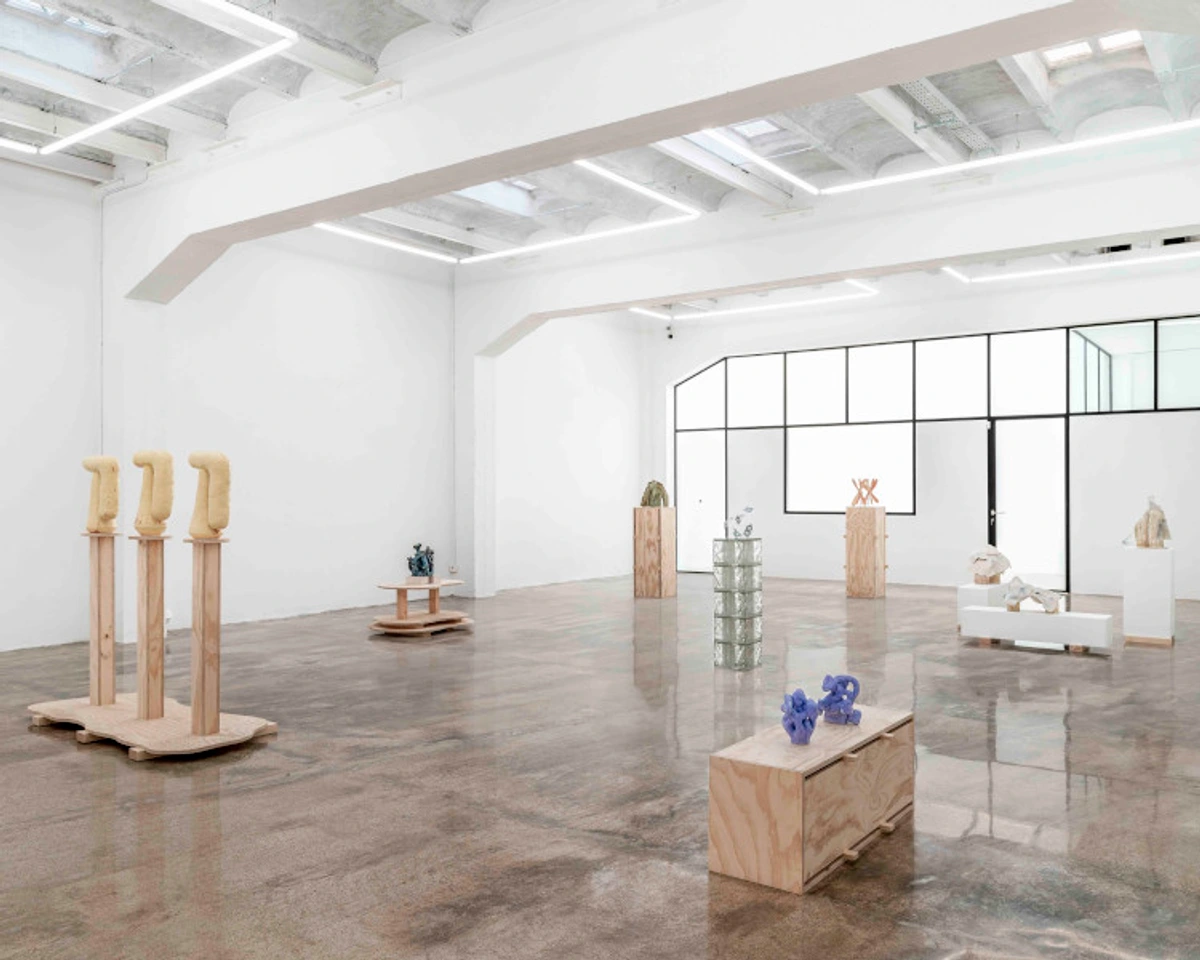
Otterlo: Kröller-Müller Museum
Okay, this one is a bit of a journey, located in the beautiful Hoge Veluwe National Park. But trust me, it's worth it. Take the train to Arnhem or Ede-Wageningen, then a bus into the park. The Kröller-Müller Museum has the second-largest Van Gogh collection in the world, plus an incredible sculpture garden. Wandering through the park, stumbling upon large-scale sculptures by artists like Henry Moore or Barbara Hepworth, and then heading inside to see Van Goghs and other modern masters... it's a truly unique experience. It feels like a pilgrimage for art lovers. Seeing works like Van Gogh's Café Terrace at Night or the pointillist beauty of Signac in this setting is unforgettable. The way the art interacts with the natural landscape is something special. It makes you think about the relationship between art about nature and the real thing. The sculpture garden itself is vast and offers a peaceful counterpoint to the intensity of the paintings inside. I remember walking around a corner and suddenly seeing a massive, abstract sculpture rising from the trees – the sheer scale and unexpected placement made it feel incredibly powerful, almost like the landscape itself was part of the artwork. It's a perfect blend of art and nature.
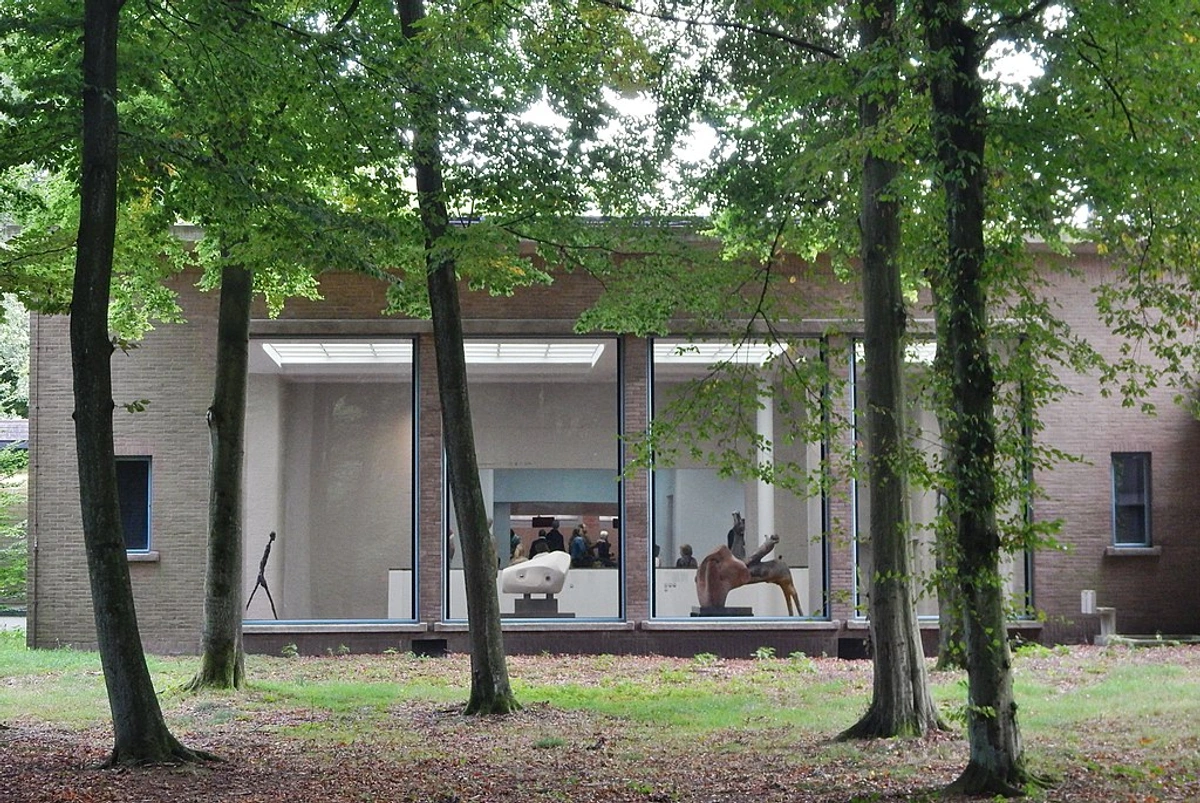
Maastricht: History, Art, and TEFAF
Known for its history and as the host of TEFAF (The European Fine Art Fair), Maastricht (near Maastricht station) also has the Bonnefantenmuseum, housed in a striking building by Aldo Rossi, featuring old masters, historical artifacts, and contemporary art. It's a city with a distinctly Southern European feel and a vibrant cultural calendar. The contemporary scene here is particularly interesting, often with a cross-border influence. The Bonnefantenmuseum's collection spans from medieval sculpture to contemporary works, offering a broad historical perspective – a truly eclectic mix! Look out for smaller galleries in the Stokstraat quarter or the Wyck district.
Eindhoven: Design and Cutting-Edge Contemporary
While perhaps more famous for design (home to the Design Academy and Dutch Design Week), Eindhoven (near Eindhoven station) also has the Van Abbemuseum, a leading museum for modern and contemporary art, with a strong focus on experimental and conceptual work. A must-visit for those interested in the cutting edge. It's a place that feels very much at the forefront of artistic exploration, exploring questions like when contemporary art started and what makes abstract art compelling. Eindhoven also has a growing street art scene, particularly in areas undergoing regeneration like the Strijp-S district.
's-Hertogenbosch: My Personal Connection
And then there's a city that holds a particularly special place in my heart: 's-Hertogenbosch (or Den Bosch, as it's commonly known). It's a charming, historic city, perhaps less known internationally than Amsterdam or Rotterdam, but with a growing cultural scene. It's easily reachable by train to Den Bosch station. Visiting my museum here is, of course, a deeply personal experience for me, a culmination of my own artistic journey. It's a place where I hope people can connect with my work and perhaps find a piece that speaks to them, whether it's an original or a print from my art for sale collection. It's a different kind of art experience, one focused on a single artist's vision and the story behind the work. It's a quiet corner of the Dutch art scene that means the world to me, a place where my own little portal exists. The city itself, with its beautiful cathedral and historic center, feels like a place where history and creativity intertwine, making it a perfect home for my work.
Learn more about my museum in Den Bosch.
Other Notable Art Cities & Hidden Gems
The art doesn't stop there! Several other Dutch cities boast impressive museums and galleries worth exploring, all easily accessible by train. Each offers a unique slice of the Dutch art world. Look out for university galleries or art spaces in cities with large universities (like Leiden, Utrecht, Groningen), as these can offer interesting contemporary or student work – often hidden gems! The KABK (Royal Academy of Art) in The Hague or the Gerrit Rietveld Academie in Amsterdam, for example, often have public exhibitions or open days showcasing student work, offering a glimpse into the future of art.
- Delft: While famous for its blue pottery, Delft also has Museum Prinsenhof Delft (near Delft station), which tells the story of William of Orange and the Dutch Golden Age. And of course, you can explore the world of Delftware itself, which is an art form in its own right, blending craftsmanship and design. It's a different kind of art experience, focusing on applied arts and history. The museum offers a deep dive into the city's rich history and its connection to the Dutch revolt.
- Groningen: Home to the striking Groninger Museum, known for its diverse collection and bold architecture by Alessandro Mendini. It's a cultural landmark in the north of the country.
- Arnhem: Features Museum Arnhem, which has a notable collection of modern and contemporary art, including magical realism, and applied arts.
Each city offers a unique perspective on Dutch art and culture, making a multi-city art tour a rewarding experience. You might even find interesting smaller galleries tucked away in these cities, specializing in anything from ceramics to local printmaking or artist-run initiatives. Don't forget to check local tourism office websites or cultural agenda sites for smaller, temporary exhibitions or events not listed online – sometimes the best discoveries are the most local ones.
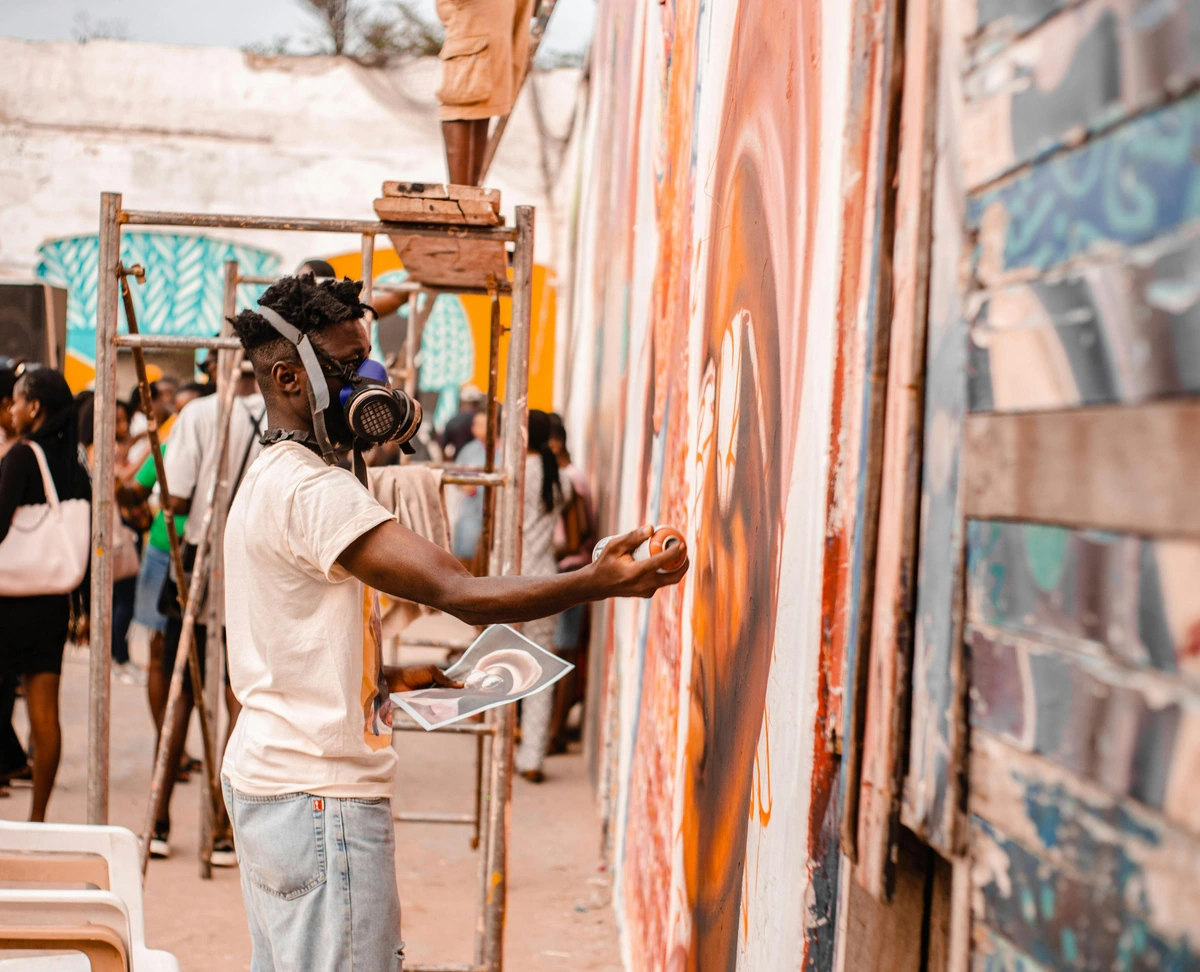
Experiencing the Scene: Art Events and Fairs
Beyond the permanent collections and temporary gallery shows, the Netherlands has a dynamic calendar of art events. These are fantastic opportunities to see a huge amount of art from many galleries under one roof and are great places to visit art fairs if you're thinking about buying. The atmosphere at these events is often buzzing – a mix of serious collectors, curious visitors, and artists, all navigating the aisles. It can be overwhelming, yes, but also incredibly exciting – like a condensed version of the entire art world. It's also a chance to see art conservation in action at some larger fairs or museums, offering a fascinating glimpse into the 'afterlife' of an artwork and the dedication required to preserve it.
Major events include:
- Art Rotterdam: A leading fair for contemporary art, usually held in February, showcasing a wide range of galleries and artists. It's a great place to see what's happening now and spot emerging artists.
- Unseen Amsterdam: A prominent international photography fair and festival, typically in September, focusing on contemporary photography. A must-visit if you're drawn to the power of the lens. While Foam is dedicated to photography, Unseen is a major event where you'll see a huge breadth of photographic work from around the world.
- TEFAF Maastricht: One of the world's most prestigious art, antiques, and design fairs, held annually in March. TEFAF stands for The European Fine Art Fair. While high-end, it's an incredible place to see masterpieces across centuries – a museum-quality experience, but everything is for sale! It's a glimpse into the top tier of the art market.
- Amsterdam Art Weekend: Usually in November, this event sees galleries across the city opening their doors with special programming, exhibitions, and events, offering a concentrated burst of contemporary art. It's a fantastic way to explore the smaller gallery scene and attend openings.
- Museumnacht (Museum Night): Held in several cities (most famously Amsterdam) on a specific night, usually in autumn. Museums open their doors after hours with special events, music, and performances. It's a lively, different way to experience the city's cultural institutions, often attracting a younger crowd. Definitely check local listings for dates and participating museums.
Checking local listings for city-specific art routes or open studio weekends can also lead to wonderful, unexpected discoveries. Sometimes the most inspiring art is found directly in the artist's workspace, offering a unique insight into their process. Keep an eye on local tourism websites or art platforms for these smaller, community-driven events. It's like getting a peek behind the curtain of how artists use color or how to abstract art. Also, check museum and gallery websites for special events like artist talks, workshops, or guided tours – these can add a fantastic layer of insight to your visit. For those interested in deeper research, some larger museums or art institutions also have public art libraries or archives that can be fascinating resources for browsing or study. And don't forget the vibrant street art scenes in cities like Rotterdam, Utrecht, and Eindhoven – exploring these outdoor galleries is a fantastic, free way to experience contemporary art integrated into the urban environment.
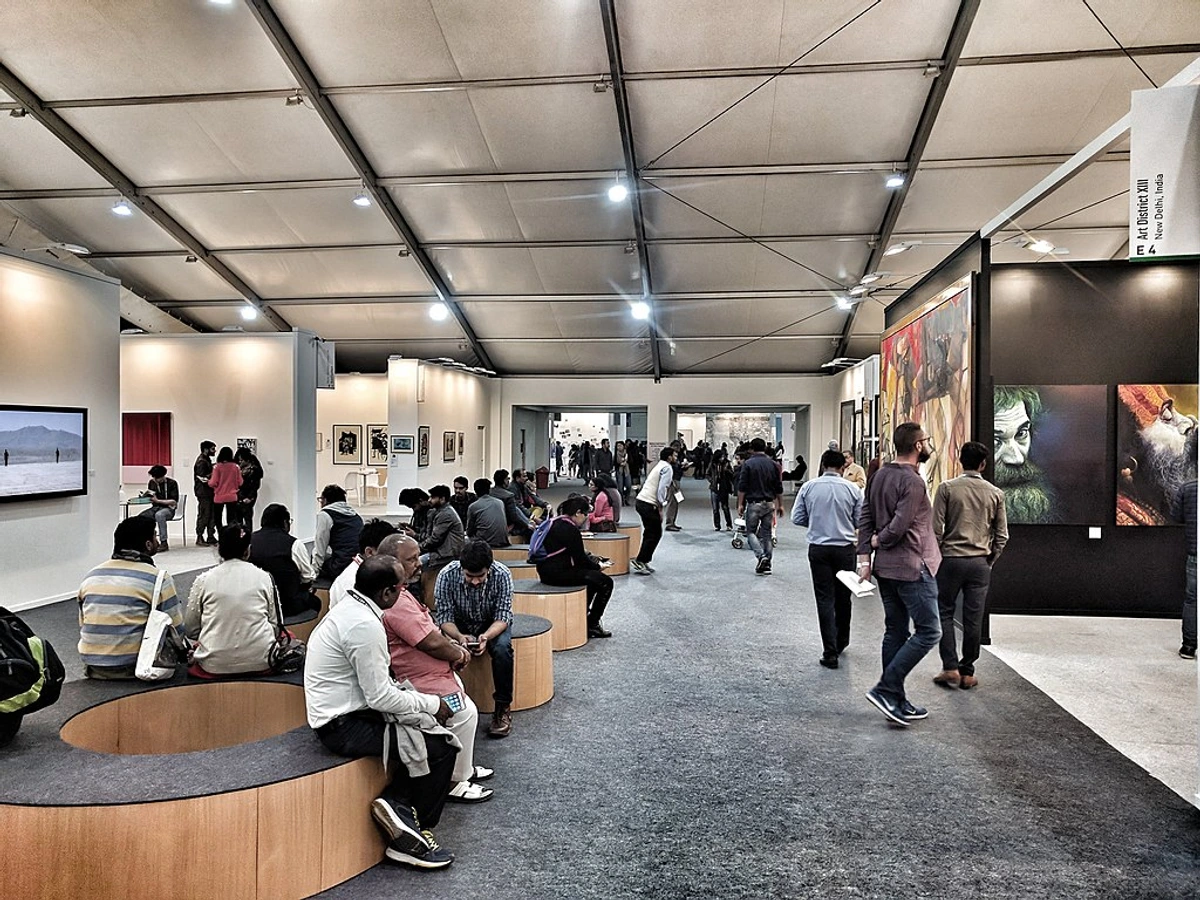
Tips for Navigating Dutch Galleries and Museums
Okay, before you lace up those walking shoes and dive headfirst into the Dutch art world, here are a few hard-won tips to make your experience smoother and more enjoyable. Visiting galleries should be enjoyable, not stressful! Here are a few things I've learned (often the hard way, like showing up on a Monday only to find the doors locked):
Planning Your Visit
- Check Opening Hours and Days: Especially for smaller galleries, these can vary. Museums are often closed on Mondays. A quick look online before you go saves disappointment. Trust me on this one. Also, check for public holidays – things can shut down unexpectedly. It's a small country, but its calendar can be surprisingly complex! Always check the specific venue's website for the most up-to-date information.
- Book Ahead: For major museums like the Van Gogh Museum or the Rijksmuseum, booking tickets online in advance is highly recommended, especially during peak season, to avoid long queues. Nobody likes waiting in the rain (or the sun!). Check their specific websites for the most up-to-date information.
- Consider a Museumkaart or City Card: If you plan to visit multiple museums, a Museumkaart (valid for a year at many museums nationwide, though check the list as some major ones are excluded) or a city-specific card (like the I amsterdam City Card) can save you money and time. Do the math – it might be worth it depending on your itinerary. Remember, not all museums accept the Museumkaart, particularly some privately run ones, so always verify on the museum's own website. The Museumkaart is generally valid for state-owned or heavily subsidized institutions. It's a bit like a golden ticket, but not every door opens with it.
- Check Accessibility: If you or someone in your group has mobility needs, always check the museum or gallery website for accessibility information (wheelchair access, elevators, etc.) before your visit. Most major institutions are well-equipped, but smaller spaces in older buildings might have limitations.
- Best Time to Visit: While art is always there, visiting in the shoulder seasons (spring or autumn) often means fewer crowds than the peak summer months. Plus, the light can be beautiful! Autumn light, in particular, seems to make the Golden Age paintings glow. Weekday mornings are generally quieter than weekends.
- Look for Free Admission Times: Some museums occasionally offer free entry during specific hours or on certain days, though this is less common for major national museums. University galleries or smaller municipal collections might have free entry or specific free days. Always worth checking their website!
- Check Temporary Exhibition Schedules: Beyond the permanent collection, museums and galleries constantly host temporary exhibitions. These often feature contemporary artists, specific themes, or historical deep dives that might be of particular interest. Always check the 'Exhibitions' section of their website when planning your visit.
During Your Visit
- Take Your Time: You don't have to see everything. Find a few pieces that resonate with you and spend time with them. Look closely. Step back. See how the light hits it. Art is meant to be experienced, not just seen. Allow at least 2-3 hours for a major museum. Trying to rush through is like speed-dating masterpieces – you won't make a real connection. Think about how to read a painting or appreciate the art elements.
- Don't Be Afraid to Ask Questions: Gallerists and museum staff are usually passionate about the art they show. If something intrigues you, ask about the artist, the technique, the story behind the piece. It enhances the experience and shows your genuine interest. It's a great way to learn more about types of artwork or specific movements.
- Photography Rules: Be mindful of photography rules. Some museums allow photos without flash, others prohibit it entirely, and temporary exhibitions often have stricter rules. Always look for signage or ask staff before snapping away. Respect the art and other visitors.
- Utilize Resources: Many larger museums offer free Wi-Fi, audio guides (sometimes for a fee), or dedicated apps. These can provide valuable context and enhance your understanding of the collection. Don't be too proud to use them! Using an app during your visit can offer fascinating details about specific works you might otherwise miss.
- Consider the Cafe/Shop: Many museums and larger galleries have cafes or restaurants and shops. Don't underestimate the value of taking a break, having a coffee or lunch, and reflecting on what you've seen. It's part of the experience and gives your brain a chance to process all that visual input. I've had some surprisingly good coffee and inspiring moments just sitting and sketching in a museum cafe. Museum shops are also great places to find art books, prints, or unique gifts related to the collection.
- Bags and Coats: Most larger museums require you to check larger bags and coats in a cloakroom or lockers, often for free or a small fee. This is for security and to protect the art (accidental bumps!). Plan for this upon arrival.
- Food and Drink: Generally, food and drink are not allowed in the exhibition spaces to protect the artwork. Most museums have designated cafe or restaurant areas where you can enjoy refreshments.
Getting Around
- Getting Around Within Cities: While trains connect cities, navigating within them is often best done by public transport (trams, buses, metro) or, if you're feeling Dutch, by bike! Plan your route between galleries using a map app to save time and energy. Be prepared for bike paths – they are everywhere, and cyclists have the right of way! It's a charming way to get around, but requires paying attention. And hey, if it's raining (which it sometimes is in the Netherlands!), indoor galleries are the perfect escape!
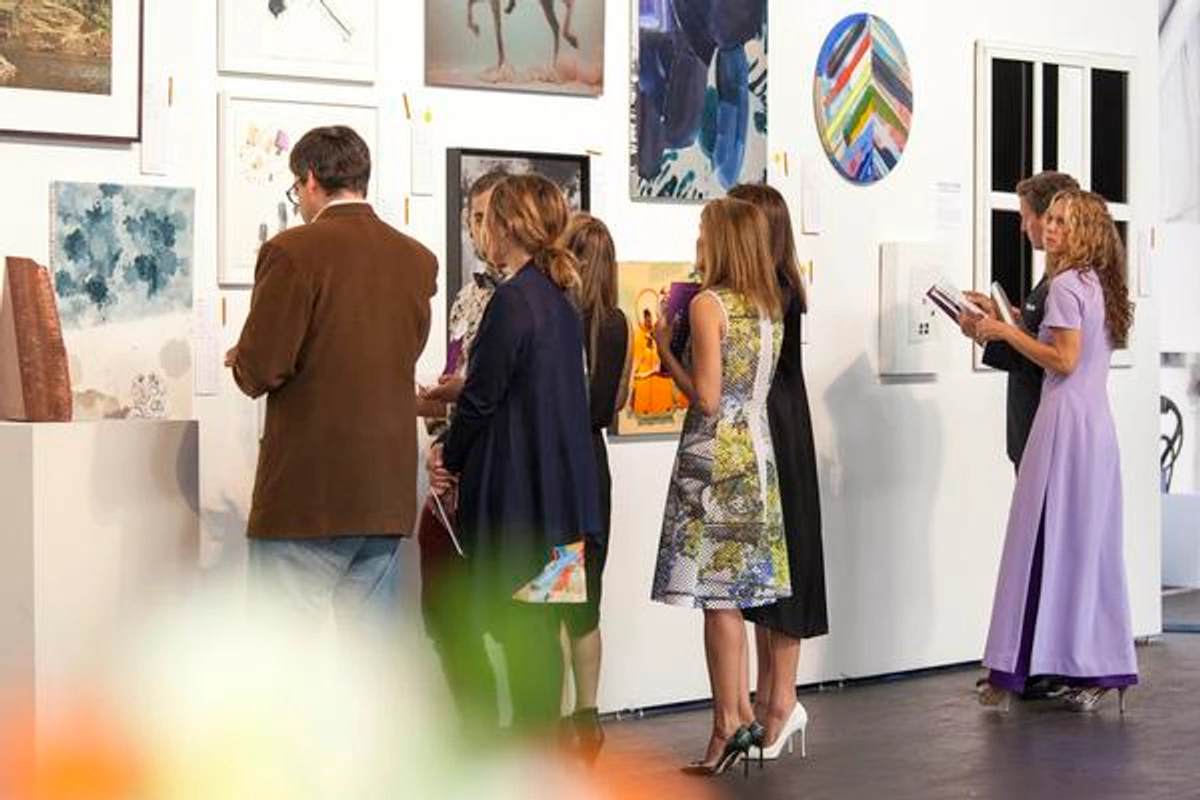
Finding Art for Your Own Space
Visiting galleries isn't just about seeing art; it's also about discovering what you might want to live with. The Netherlands has a great market for buying art, whether you're looking for originals, art prints, or something unique. Don't feel like you need to be an expert or have a massive budget. There's art out there for everyone, at various price points – from affordable prints and works by emerging artists to significant investments. Seeing art in a gallery setting can really help you understand its scale and presence, which is invaluable when thinking about how it might fit into your own space. You see how light hits it, how the texture feels, how it commands a wall. This kind of in-person experience is crucial when deciding what kind of art you want to live with. It's about finding pieces that resonate with you, that make your space feel more like you. Think about how art can transform a room, whether it's a large statement piece or a small print in a cozy corner. It's all about creating a space that feels good, a bit like decorating your home with soul. You can find art in traditional galleries, at art fairs, directly from artists' studios (especially during open studio events), or through reputable online platforms. Don't be afraid to ask galleries about their stock rooms or payment plans if you fall in love with something outside your immediate budget – it's more common than you think! Exploring smaller galleries, particularly those focusing on emerging artists or specific mediums like printmaking or ceramics, can be a great way to find unique pieces at more accessible prices. Also, consider looking for print rooms or graphic art departments in museums or specialized galleries – prints can be a fantastic and often more accessible entry point to starting a collection. And of course, you can always explore art for sale directly from artists like me. A typical museum entry fee might range from €15-€25, while gallery prices for art can vary wildly, from under €100 for a small print by an emerging artist to thousands or even millions for established names. Don't let that intimidate you; focus on what you love and what fits your budget. There's beautiful art at every price point. When buying, also consider practicalities like how to frame oversized artwork or the art installation process if it's a large or complex piece.
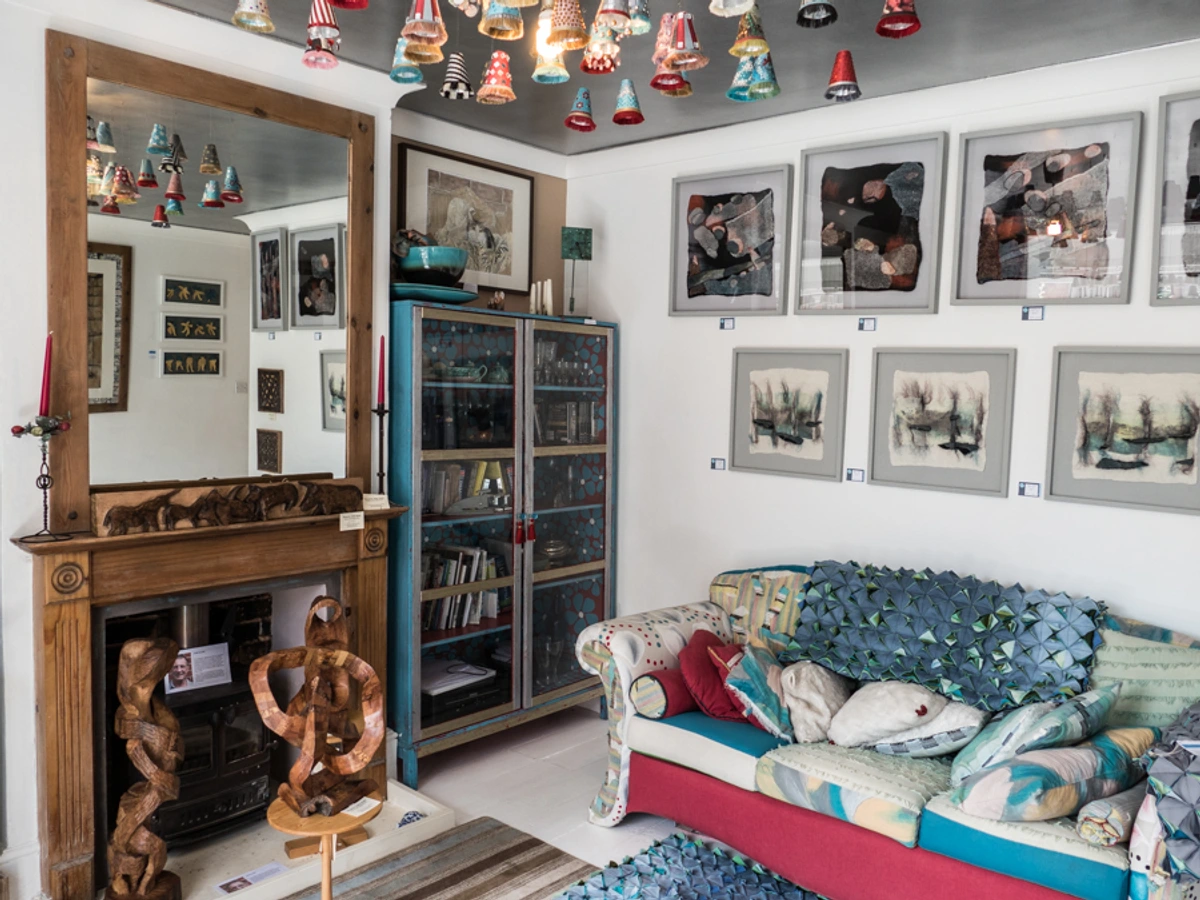
FAQ: Your Dutch Gallery Questions Answered
So, what questions might be bubbling up after all that art talk? Or maybe questions I get asked often? Let's tackle a few common ones...
Q: Which city has the absolute best galleries in the Netherlands?
A: Ah, the million-dollar question! Amsterdam has the most famous, largest museums, hands down. But Rotterdam is fantastic for contemporary, The Hague has that classic/modern mix, Haarlem is essential for Golden Age, and smaller cities offer unique local scenes. It really depends on what you're looking for. My personal favorite? Well, Den Bosch holds a special place, obviously! But honestly, exploring different cities is part of the fun. Maybe check out my guide to the best art cities in the Netherlands for more thoughts.
Q: Are art galleries free to visit?
A: Many smaller, commercial galleries are free to enter. Museums usually require a ticket, though some might have free evenings or specific days (always check their website!). It's a good idea to factor ticket costs into your planning if you're hitting the big museums. Typical entry fees for major museums range from €15 to €25.
Q: What's the difference between a museum and a gallery?
A: Good question! Generally, what is an art gallery is a commercial space that represents artists and sells their work. A museum is typically a non-profit institution that collects, preserves, interprets, and exhibits art for the public. Museums often have permanent collections, while galleries focus on temporary exhibitions of artists they represent. You can usually buy art at a gallery; at a museum, you might buy prints or items in the gift shop, but not the collection pieces themselves. (Unless you're a major collector at an auction, but that's a whole other article!)
Q: Can I buy art directly from the galleries mentioned?
A: For the commercial galleries (the smaller ones, and some larger ones that also function commercially), absolutely! That's their primary purpose. For the major museums, you'd typically buy prints, books, or merchandise in their shop. If you're interested in buying art directly from artists or galleries, don't be shy about asking prices or how the process works. It's less scary than you might think! Remember, you can also find art for sale directly from artists like me.
Q: How much time should I allocate for a museum visit?
A: For a major museum like the Rijksmuseum or Van Gogh Museum, I'd recommend setting aside at least 2-3 hours, or even half a day if you want to see everything thoroughly. Smaller museums or galleries might only take an hour or two. It really depends on your interest level and how much you want to soak in.
Q: Is the Museumkaart or I amsterdam City Card worth it?
A: If you plan to visit three or more major museums within a short period (especially in Amsterdam), these cards can definitely be worth the investment. Do the math based on the entrance fees of the places you want to visit. The Museumkaart is great if you live here or plan multiple trips throughout the year, but remember it doesn't cover every museum. As mentioned earlier, some privately run museums are excluded. It's primarily for state-owned or subsidized institutions.
Q: What's the best way to get between art cities?
A: The Dutch train system is excellent and connects most major cities efficiently. It's the easiest way to travel between places like Amsterdam, Rotterdam, The Hague, Haarlem, and Utrecht. For Otterlo (Kröller-Müller), you'll need a train to Arnhem or Ede-Wageningen, followed by a bus into the park. Planning your train journey is usually straightforward using NS (Dutch Railways) website or app.
Q: Is the Dutch art scene accessible for visitors with disabilities?
A: Most major museums and larger galleries in the Netherlands are equipped with elevators, ramps, and accessible restrooms. However, accessibility can vary greatly in smaller, older buildings that house some galleries. It's always best practice to check the specific venue's website or call ahead to confirm their facilities meet your needs. Planning ahead ensures a smoother and more enjoyable visit.
Q: Can I bring a bag or coat into the museum?
A: Most larger museums require you to check larger bags and coats in a cloakroom or lockers, often for free or a small fee. This is for security and to protect the art (accidental bumps!). Smaller galleries might allow you to carry them, but it's always best to ask or look for signs.
Q: Are food and drink allowed inside the galleries?
A: Generally, no. Food and drink are typically not allowed in the exhibition spaces to protect the artwork. Most museums and larger galleries have designated cafe or restaurant areas where you can enjoy refreshments before or after your visit.
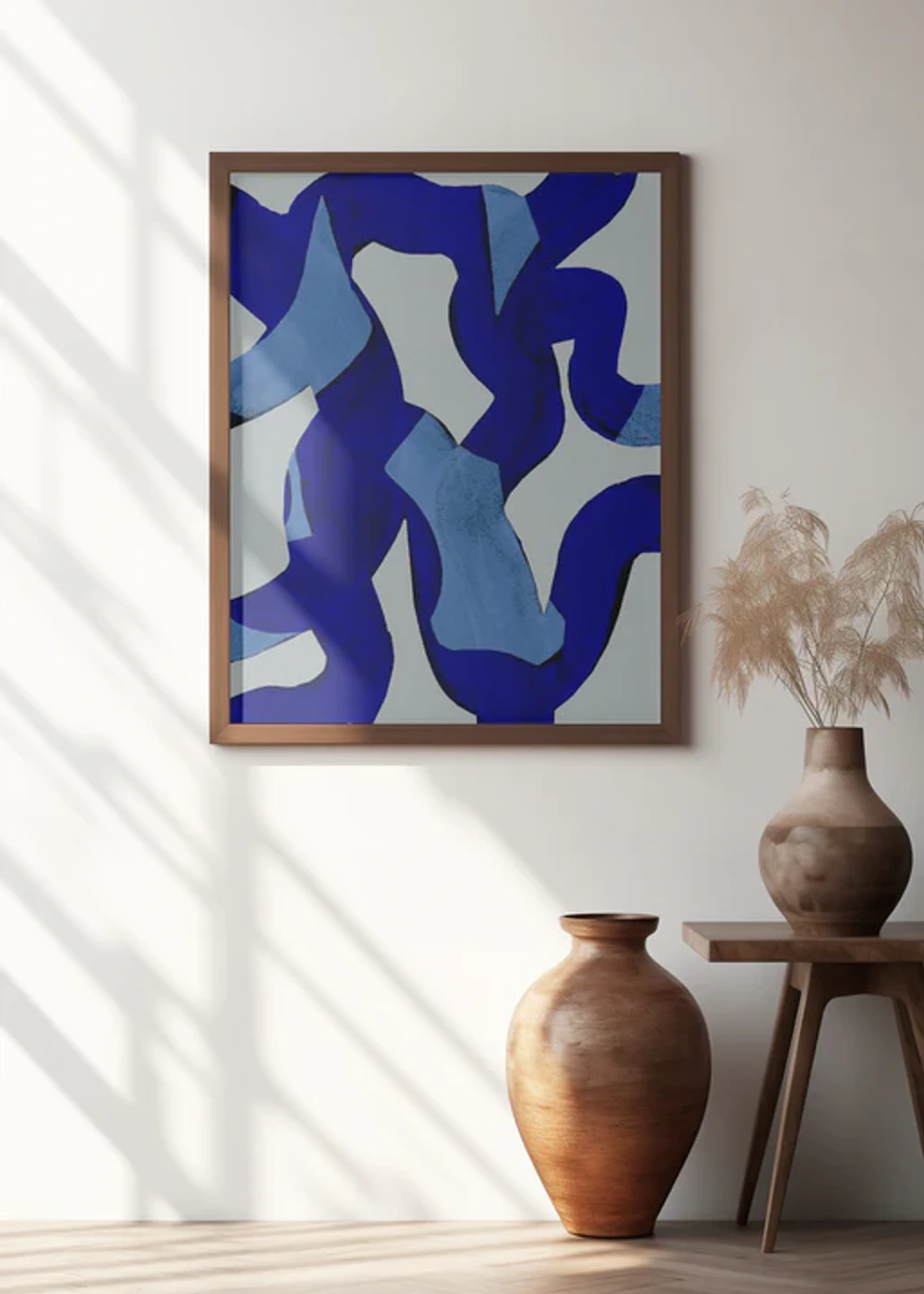
Conclusion: Go Explore!
The Netherlands is a fantastic place for art lovers, whether you're into the Old Masters, cutting-edge contemporary work, or just looking for something beautiful to brighten your day (or your wall!). Don't feel pressured to understand everything or like you need a degree in art history. Just go, look, feel, and see what speaks to you. Every visit is a personal journey, a chance to connect with creativity and maybe even with yourself. So, lace up your walking shoes, grab a coffee, and go explore the incredible galleries and museums this country has to offer. You never know what hidden gem you might uncover, or what piece might just change the way you see things. For me, art is about connection – connecting with the artist, with history, and with something inside myself. Exploring the Dutch art scene has been a huge part of my own artistic journey, constantly inspiring me and reminding me why I do what I do. And if you discover a hidden gem, feel free to share it – the art journey is always better together! What will you discover on your Dutch art adventure? Will you find your own little portal? What piece will make your heart skip a beat?




